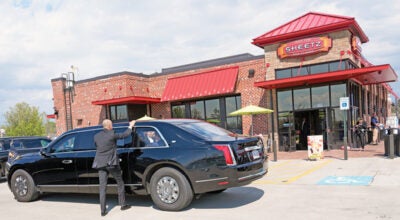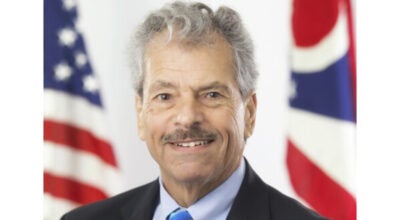Fed faced with record drop in consumer prices
Published 11:46 am Tuesday, December 16, 2008
A record plunge in consumer prices in November puts pressure on the Federal Reserve to act decisively to guard against a debilitating bout of deflation.
The Fed wraps up a two-day meeting Tuesday. Economists expect the central bank to cut the federal funds rate, already at a low of 1 percent, by another half-point in an effort to keep the recession from worsening.
Consumer prices, an inflation barometer, last month fell by the largest amount on records going back 61 years as energy costs posted nearly double the decline of the previous month, the Labor Department reported Tuesday.
Prices fell 1.7 percent, surpassing the previous record decline of 1 percent set in October. It was the largest one-month decline dating to February 1947. Core inflation, excluding food and energy, showed no increase at all in November after a 0.1 percent drop in October.
The overall slide in prices reflects the big drop in energy costs in recent months. After hitting a record at $147 per barrel in mid-July, crude oil has fallen by $100 per barrel since then, pushing down the price of gasoline from a record $4.11 per gallon in July to $1.34 in the most recent Energy Department survey.
In other economic news, the Commerce Department reported that construction of new homes fell in November by 18.9 percent, the biggest drop in a quarter-century. The steep decline pushed construction down to a seasonally adjusted annual rate of 625,000 homes, the slowest pace on records dating to 1959.
Only a few months ago, some anticipated that the Fed would start raising interest rates to battle a prolonged surge in energy costs. But since September, the Fed’s focus has switched to trying to prevent the worst financial crisis since the Great Depression from pushing the country into a deeper recession.
Energy prices fell by 17 percent in November, nearly double the 8.6 percent decline in October. Both declines were record drops.





